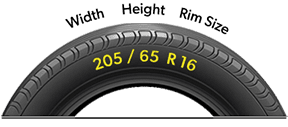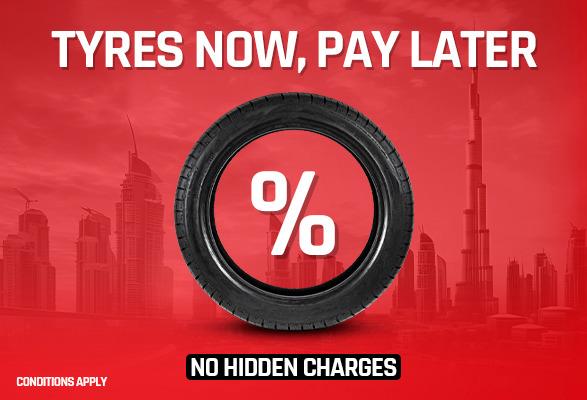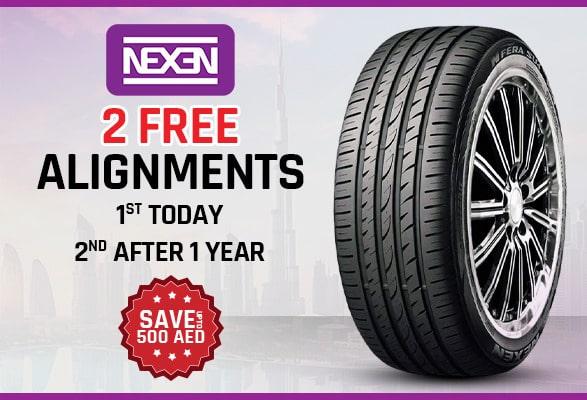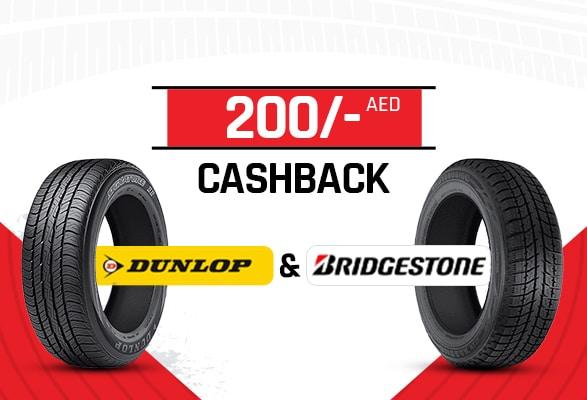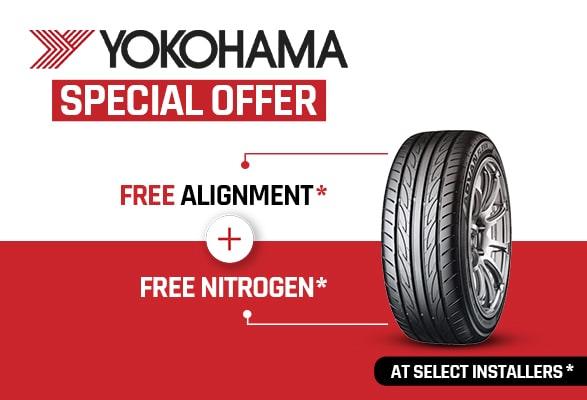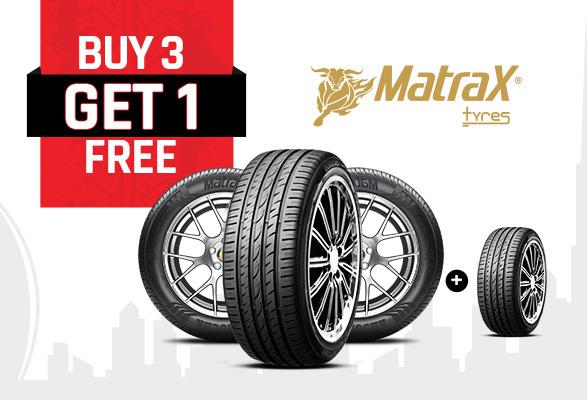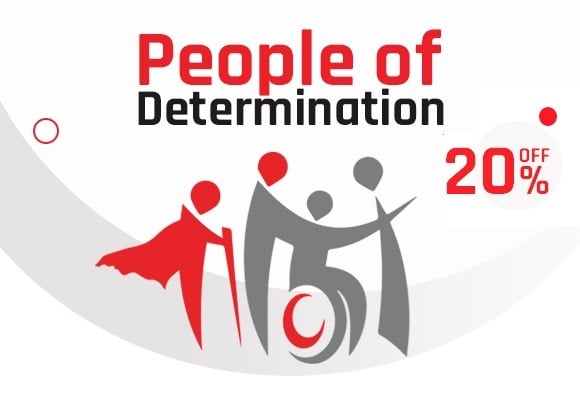Tyre Safety in the UAE: Essential Tips
Tyre safety is a critical concern for drivers in the UAE, especially given the region’s extreme climate and challenging road conditions. With temperatures soaring during summer months and an increasing number of vehicles on the road, ensuring your tyres are in top condition is vital for both safety and compliance with UAE regulations.
In this article, we’ll explore the latest data along with practical tips to keep you safe on the road.
Why Tyre Safety Matters in the UAE?
The UAE’s harsh weather, particularly the intense heat, significantly impacts tyre performance. According to Road Safety UAE, tyre-related accidents account for approximately 5% of the country’s traffic fatalities annually. With the Ministry of Interior reporting 22 tyre-related crashes in 2023 due to blowouts, the importance of proper tyre maintenance cannot be overstated.
As summer peaks, the risk of tyre bursts rises, prompting authorities to intensify inspections and awareness campaigns.
In July 2024, UAE traffic authorities issued over 18,000 violations for driving with unsafe tyres last year, highlighting the scale of the issue. Under Article 82 of the Federal Traffic Law, driving with worn-out tyres can result in a Dh500 fine, four black points, and a week-long vehicle impoundment.
Latest Tyre Safety Data in the UAE
Here’s a snapshot of the most recent tyre safety statistics and trends in the UAE:
- Traffic Fatalities: Tyre bursts remain a leading cause of accidents, contributing to 5% of road deaths, per Road Safety UAE. In 2018, the Ministry of Interior recorded 468 road deaths, with tyre issues playing a notable role.
- Young Drivers at Risk: A 2019 study by Continental revealed that 44% of UAE students’ cars had at least one tyre failing safety standards, a trend that continues to concern experts in 2025.
- Summer Inspections: In 2024, the Ministry of Interior intensified summer tyre checks, reporting a 10% increase in violations compared to 2023.
- Market Growth: The UAE tyre market, valued at USD 308.1 million in 2024, is projected to reach USD 455.2 million by 2030, growing at a CAGR of 6.82%, according to TechSci Research. This growth reflects rising vehicle ownership and demand for quality tyres.
UAE Tyre Regulations: What You Need to Know
The Emirates Standardisation and Metrology Authority (ESMA) sets strict guidelines to ensure tyre safety in the UAE. Key regulations include:
- Certificate of Conformity: All tyres must comply with UAE standards and carry a certificate before entering the market.
- Tread Depth Limits: The minimum legal tread depth is 1.6 mm for light vehicles, though experts recommend replacing tyres earlier for optimal safety.
- Used Tyre Restrictions: Importing retreaded tyres is banned, and only buses and trucks can use retreaded tyres from approved manufacturers.
- Temperature Resistance: Tyres must withstand the UAE’s extreme heat, with a maximum recommended lifespan of 5 years, even if tread depth remains adequate.
Non-compliance can lead to fines, vehicle impoundment, and increased accident risk, making it essential to purchase tyres from authorized dealers.
Top Tyre Safety Tips for UAE Drivers
To stay safe and compliant in 2025, follow these expert-backed tyre maintenance tips tailored to UAE conditions:
1. Check Tyre Pressure Regularly
High temperatures cause air pressure to fluctuate. Check your tyre pressure every two weeks using a reliable gauge when tyres are cold. Refer to your vehicle’s manual or the driver-side door sticker for recommended PSI levels.
2. Inspect Tread Depth
Use the Tread Wear Indicator (TWI) or a tread depth gauge to ensure your tyres meet the 1.6 mm minimum. Replace tyres showing signs of uneven wear, cracks, or bulges immediately.
3. Rotate and Balance Tyres
Rotate your tyres every 10,000 km to ensure even wear, and balance them to prevent vibrations. Wheel alignment every 15,000-20,000 km is also recommended.
4. Avoid Overloading
Exceeding your vehicle’s weight capacity strains tyres, increasing blowout risks. Check your vehicle handbook for the correct tyre load index.
5. Buy Quality Tyres
Opt for reputable brands like Michelin, Bridgestone, or Continental, which are designed to handle the UAE’s climate. Avoid cheap or counterfeit tyres, which compromise safety and durability.
The Impact of Summer Heat on Tyres
Summer in the UAE, with temperatures often exceeding 45°C, accelerates tyre wear. According to Bridgestone Middle East, tyre pressure increases by 0.1 bar (1.4 PSI) for every 10°C rise in ambient temperature.
Overinflated or worn tyres are prone to bursting, especially on long drives or at high speeds. Regular checks and timely replacements are your best defense against heat-related tyre failures.
FAQs
What are the UAE’s tyre safety regulations?
Tyres need a 1.6 mm tread depth and a Certificate of Conformity. Retreaded tyres are banned for most vehicles.
How often should I check my tyres in the UAE?
Check pressure every 2 weeks and tread monthly. Rotate tyres every 10,000 km.
When should I replace my tyres in the UAE?
Replace at 1.6 mm tread depth, or if over 5 years old due to heat damage.
What are the penalties for unsafe tyres in the UAE?
A Dh500 fine, 4 black points, and 7-day impoundment. Over 18,000 violations in 2024.



